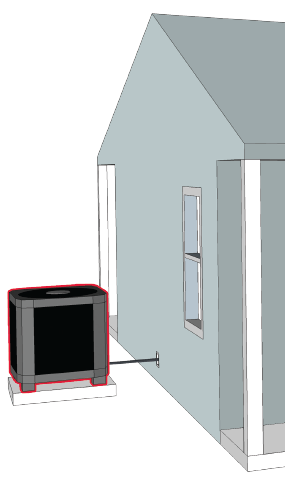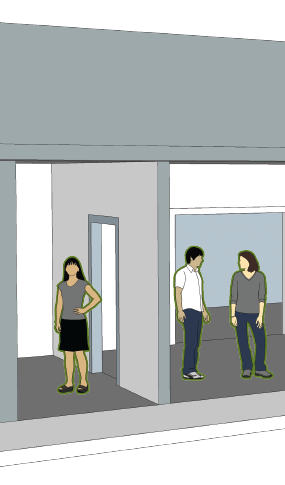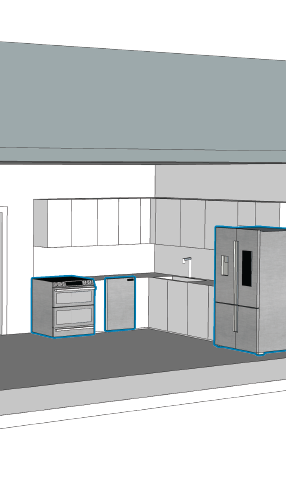
Kristen Cetin, assistant professor of civil, construction and environmental engineering, is harnessing smart energy technologies to enhance building performance and occupant comfort.
“We’re combining the power of sensors, automation, the internet of things and modeling to create data-driven, real-time energy efficiency strategies for the built environment,” said Cetin.

High-Performing Home HVAC
Many HVAC systems don’t get routine tune-ups to keep them working at top efficiency. Cetin is developing real-time methods to help homeowners monitor the performance of their home HVAC using data from on-unit sensors or smart meters. Giving homeowners continuous data about their HVAC system’s performance may encourage them to make easy, small fixes that result in significant long-term energy savings.

Accurate Occupant Sensing
Adjusting heating and cooling in real-time to the number of people in a building only works with an accurate count of occupants. Cetin and her research team are developing a methodology to determine the exact number of people in commercial buildings and presence of people in homes, so that heating, cooling and ventilation can be controlled to minimize energy use. She’s working with industry partners and other researchers to develop standardized methods to examine both the reliability and potential energy savings of occupant-sensor driven HVAC system controls.

Smart Appliances
Utility organizations have looked to air conditioning systems to save energy and reduce electricity demands in times of peak demand, but could household appliances like refrigerators and dishwashers also provide savings? Cetin and her team are developing analysis methodology to help determine what appliances are the best bet and provide ideas for how to automate the peak-demand processes.

Automated Window Shading
Cetin is studying how to best use dynamic window shades to conserve energy while ensuring occupant comfort. She’s modeling the impact of automated dynamic window shading on energy consumption and available daylight – and conducting full-scale laboratory testing as well. What’s next is integrating dynamic shading with electrochromic glazing in windows to further harness the potential of sensor-driven dynamic shading.